Bed-wetting (Nocturnal Enuresis)
What is bed-wetting?
Nocturnal enuresis (bed-wetting) is a common occurrence for many young children. It is considered normal until about age six or seven. There are two different types of enuresis: primary, where the child has never been dry for an extended period of time; and secondary, where there is new onset of wetting the bed after an extended period of dryness during the night. Primary enuresis accounts for approximately 90 percent of all cases of enuresis in children. Secondary enuresis is more often associated with psychologic stressors or behavioral changes in the child.
Research studies have shown that most children grow out of bedwetting as they get older, usually by age 10. The percentage of children with bedwetting occurrences decreases by 10 percent each year as their bodies continue to grow. Enuresis is twice as common in boys as in girls.
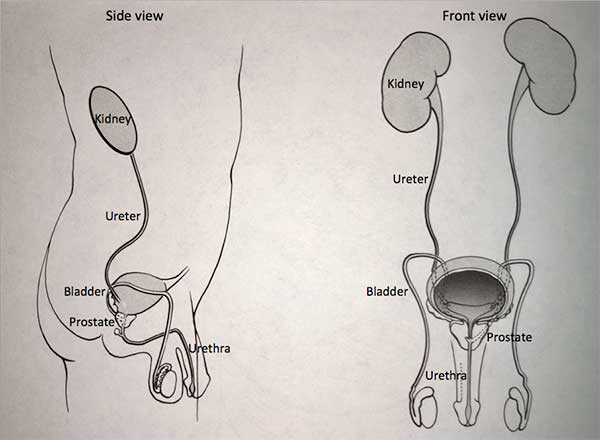
What causes bed-wetting (nocturnal enuresis)?
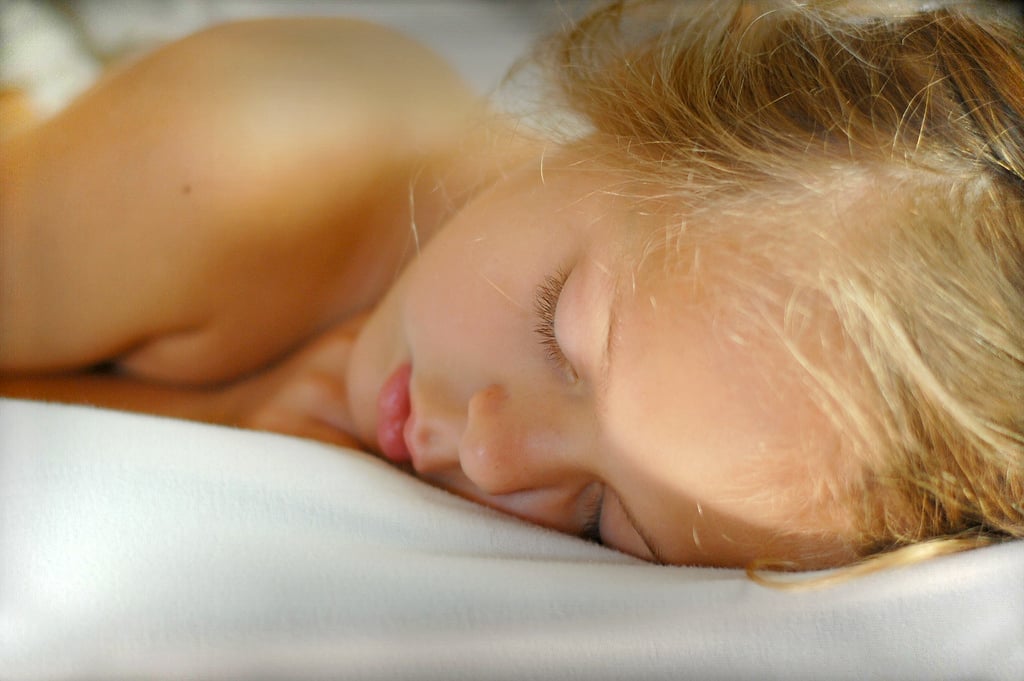
Although the exact cause of enuresis is unclear, there are many factors that can affect the problem. It has been found that many children who wet the bed have small bladders, and feel the urge to urinate more frequently at a much smaller volume. Heredity is also believed to play a role in enuresis. In families in which both parents had enuresis, the children are approximately 70 percent more likely to be affected as well. It has also been found that many children who have enuresis are heavy sleepers.
How is bed-wetting (nocturnal enuresis) evaluated?
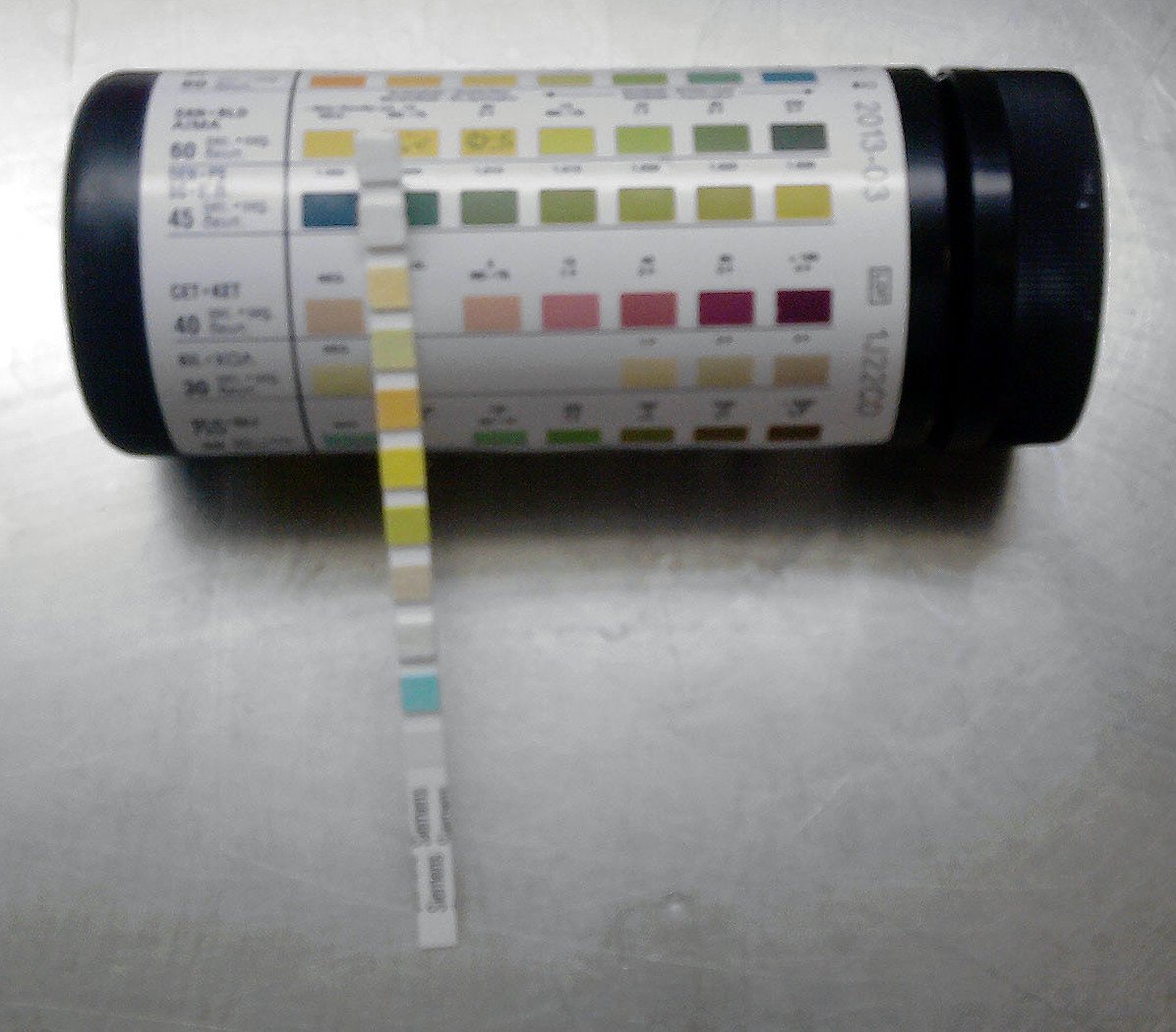
After a physical exam is performed to rule out any neurologic or urologic deficiencies, a urine analysis and culture will be obtained. The urine is evaluated for WBCs (indicating an infection, RBCs (indicating possible irritation or obstruction), and glucose (indicating possible diabetes).
Occasionally, patients are sent for a kidney or bladder ultrasound or voiding cystourethrogram (VCUG) for further evaluation of the function of the urinary system.
How is bed-wetting (nocturnal enursis) treated?
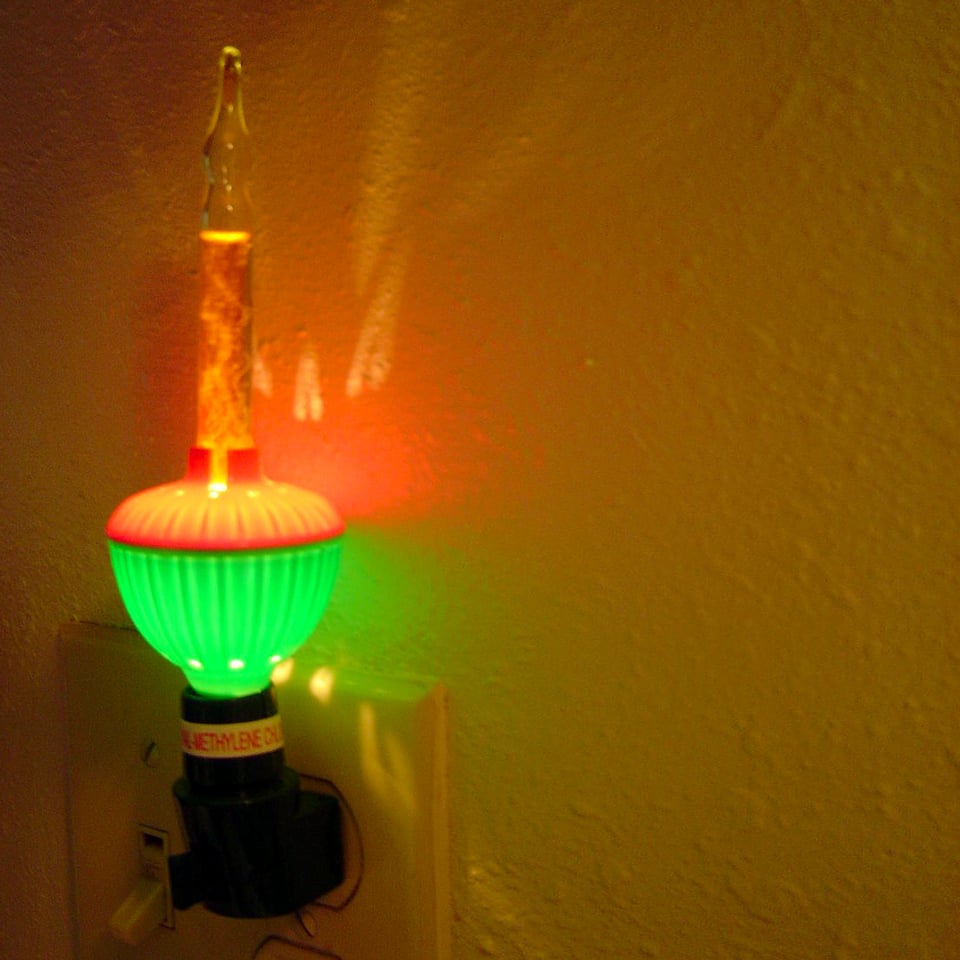
Once the diagnosis is made, there are many things that we can do to help your child. The most important reason to treat nocturnal enuresis is to minimize the embarrassment and anxiety of the child and the frustration of the parent. There are many ways to cut down on accidents before trying medication for management. Children should be instructed not to drink excess fluids at dinner and to minimize fluid intake after dinner before bed. Encourage your child to get up to urinate during the night (some parents decide on a set time to wake their child each night before they go to bed). Placing a nightlight in the bathroom also improves access for your child to find the bathroom during the night.
Is there medication for bed-wetting (nocturnal enuresis)?
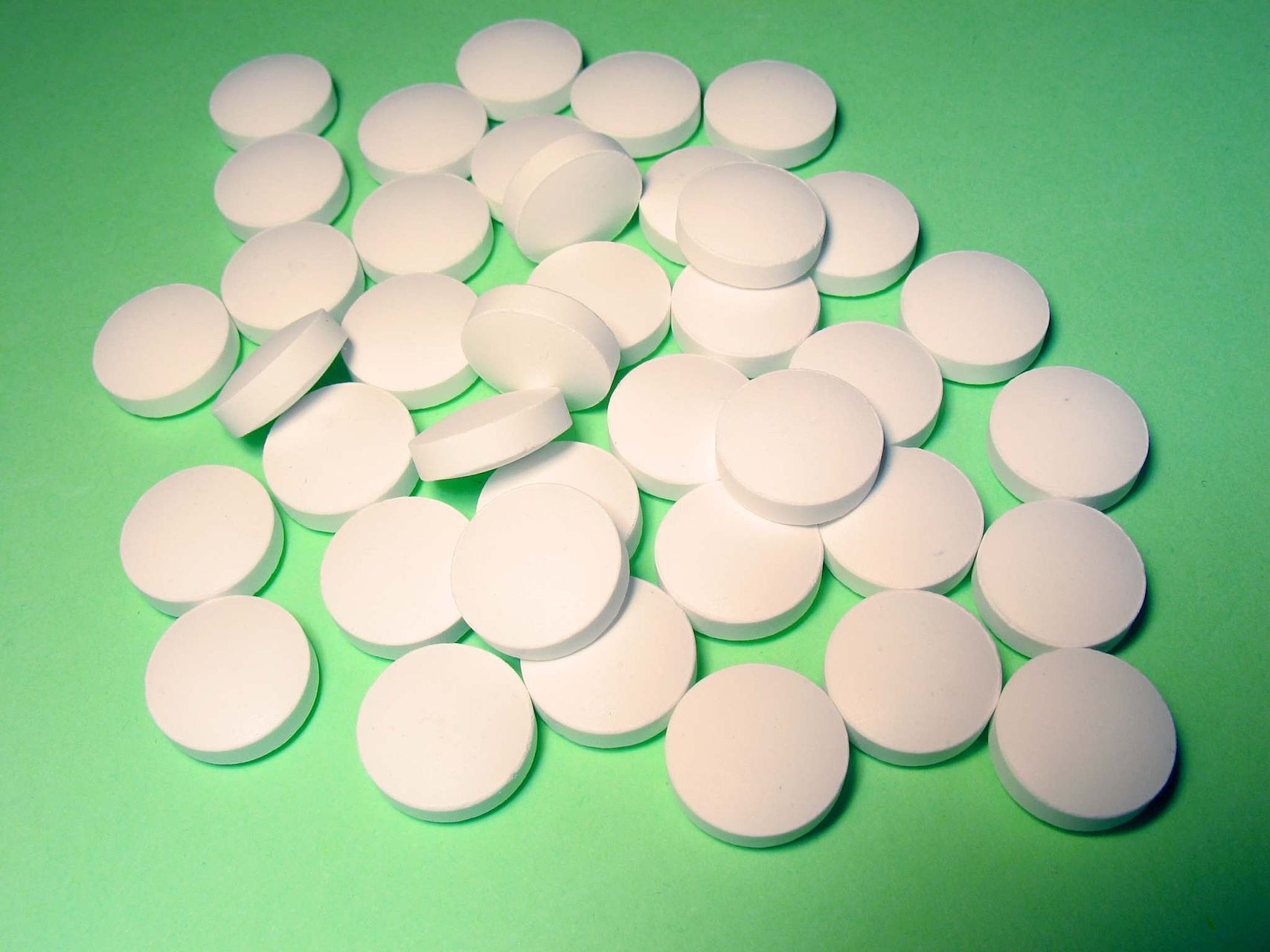
If the above-mentioned have been tried and the child is still not dry, there are medications available. DDAVP is the most commonly prescribed medication to help with enuresis. This medication, a naturally occurring chemical, simply put, recycles water from the urine back into the bloodstream so that less urine is produced at nighttime. The dosing of this medication can be increased slowly in response to the goal of getting the child dry at night. This should be done only with the instruction of the provider.
Oxybutynin chloride (Ditropan) is another medication that is frequently used to help reduce bladder spasms and frequency of urination for a child with enuresis. This medication can be used alone, or with DDAVP to help achieve dryness. These medications are tolerated very well by children, with few side effects.
Print PageContact us to request an appointment or ask a question. We're here for you.




